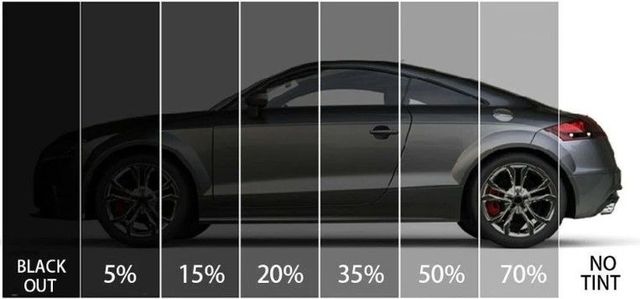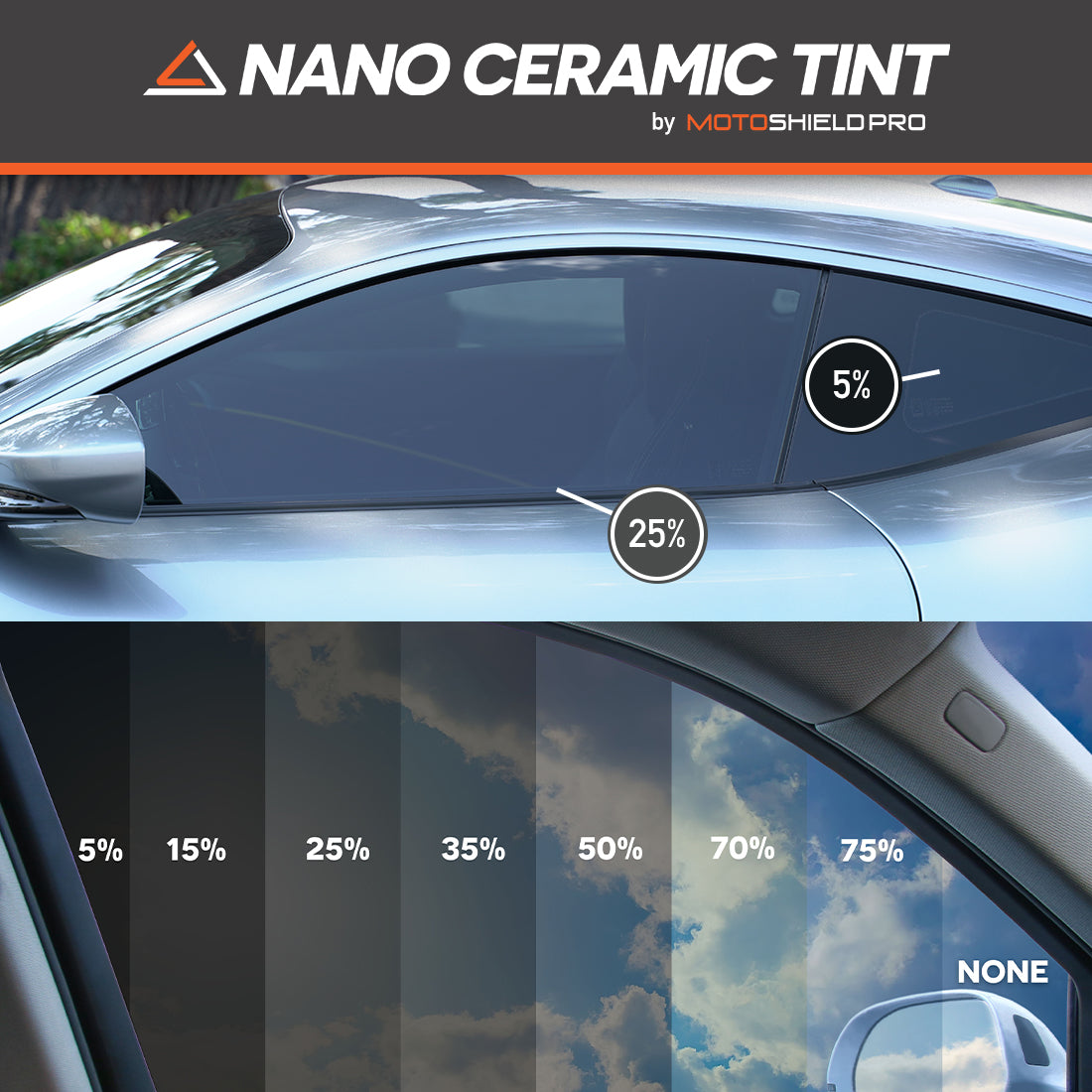Why Auto Window Tinting is a Must-Have for Modern Vehicles
Wiki Article
Home Window Tinting Laws and Standards: What You Need to Know Prior To Tinting Your Automobile
Before waging home window tinting for your automobile, it is necessary to acquaint on your own with the diverse laws and standards that regulate this technique throughout different states. These regulations dictate the permissible degrees of tint darkness, usually measured by noticeable light transmission (VLT) percentages, and consist of certain terms for front windscreens aimed at making certain roadway safety and security. Furthermore, certain jurisdictions may provide medical exceptions for individuals with qualifying problems. Recognizing these intricacies can save you from potential legal implications, but what are the specific regulations in your state?Introduction of Home Window Tinting Regulations
Window tinting regulations are frequently subject to variant across various territories, mirroring neighborhood policies and safety and security factors to consider. These legislations dictate the permissible degrees of color darkness and reflectiveness on automobile windows, making sure that motorists keep sufficient exposure while likewise safeguarding against unsafe UV rays and warmth.Most laws identify home window tinting based on the Visible Light Transmission (VLT) portion, which suggests the amount of light that can travel through the window. Normally, lower VLT portions indicate darker colors. Laws frequently distinguish in between the front, side, and rear home windows, with stricter limitations applied to the front windscreen to enhance security for both the vehicle driver and various other roadway customers.
Furthermore, some jurisdictions enforce limitations on the reflectivity of the color, preventing extreme glow that might hinder presence. Exceptions to these laws might exist for people with certain clinical problems requiring additional sun security. Conformity with window tinting policies is vital, as infractions can lead to penalties, compulsory elimination of the tint, and possible increases in insurance costs. For that reason, it is essential for automobile proprietors to familiarize themselves with neighborhood legislations prior to waging home window tinting installments.
State-by-State Tint Regulations
Recognizing the specific window tinting policies in each state is crucial for car proprietors seeking to abide by the law. Each state in the U.S. has established its own set of rules controling home window tinting, which can differ dramatically. These laws frequently dictate the allowable levels of tint darkness, the sorts of windows that can be tinted, and any type of clinical exemptions that might use.For example, states like California have rigorous restrictions on tint darkness for front home windows, while others, such as New Mexico, might enable darker tints. In addition, particular states mandate specific visibility portions for various windows, consisting of the windshield, front side windows, and back windows. It is essential for cars and truck owners to acquaint themselves with their state's legislations to stay clear of possible penalties or fines.
Moreover, some states might need an accreditation sticker label to be positioned on tinted windows, indicating conformity with state regulations. Failing to stick to these laws not only risks lawful effects however can likewise impact safety and exposure while driving. Car proprietors should conduct complete research or speak with neighborhood authorities to guarantee complete understanding and conformity with state-by-state color regulations.
Allowed Color Degrees and Types
Lots of vehicle proprietors might be amazed to find out that enabled tint degrees and kinds differ widely throughout different states. Each state has developed its very own guidelines pertaining to the permissible darkness and reflectivity of window color, commonly measured by Visible Light Transmission (VLT) percentages. VLT describes the quantity of light that can travel through the find out here now tinted home windows; thus, a lower portion shows a darker tint.
In addition, the kinds of tint materials permitted can differ, with some states restricting mirror-like or metal coatings. It is necessary for automobile proprietors to acquaint themselves with their state's specific laws to ensure compliance. Non-compliance can result in penalties, compulsory removal of the tint, or various other lawful repercussions, making it necessary to recognize these policies before continuing with setup.
Medical Exemptions for Tinting
While not all states supply allowances for clinical exceptions concerning home window tinting, those that do recognize the need for particular individuals to improve exposure and convenience due to clinical conditions. Various medical problems, such as lupus, skin cancer cells, and specific eye disorders, can provide people specifically conscious sunshine. Consequently, these people may need darker tints to shield themselves from dangerous UV rays and glare.
It is important to note that despite having a medical exemption, there might still be limitations on the degree of color allowed. Conformity with state laws makes certain that people are both secured and within legal limitations. Those considering medical exceptions need to call their neighborhood Department of Electric motor Autos or equal authority to comprehend the treatments and needs essential to make an application for an exception effectively.
Fines for Non-Compliance
Stopping working to check follow home window tinting laws can lead to considerable charges, which vary by state. Police are empowered to issue citations for automobiles that do not stick to the defined tinting guidelines. These penalties generally include penalties, which can vary from small amounts to numerous hundred dollars, depending upon the seriousness of the infraction and the state concerned.In some jurisdictions, repeated offenses might result in rising website here penalties or extra fines, such as necessary court appearances. In addition, non-compliance might require the removal of prohibited tinting, typically at the proprietor's expense. In extreme cases, regular transgressors may encounter suspension of their car registration up until compliance is attained.
Furthermore, insurance implications might emerge from obtaining multiple citations for window tint violations. Insurers might see such offenses as an indication of riskier actions, possibly leading to boosted premiums or trouble in protection.
To avoid these charges, it is vital for car owners to familiarize themselves with their regional window tinting legislations and make certain that their car complies (Window Tinting). This proactive approach not just prevents legal ramifications but likewise promotes roadway safety and security
Final Thought

The majority of laws categorize window tinting based on the Visible Light Transmission (VLT) percent, which indicates the amount of light that can pass via the home window. Conformity with home window tinting regulations is important, as infractions can result in fines, mandatory elimination of the tint, and prospective increases in insurance premiums.Comprehending the details home window tinting laws in each state is crucial for lorry owners looking for to comply with the legislation. These guidelines frequently dictate the permitted degrees of color darkness, the kinds of home windows that can be tinted, and any type of clinical exceptions that may use.
For circumstances, states like The golden state have stringent restrictions on color darkness for front windows, while others, such as New Mexico, might allow darker tints.
Report this wiki page